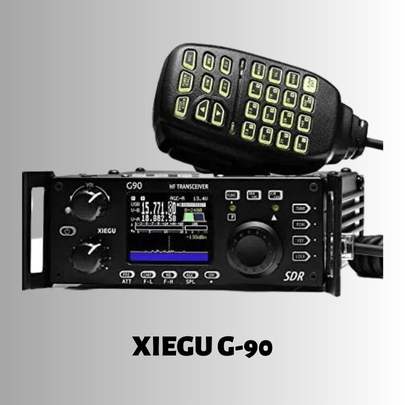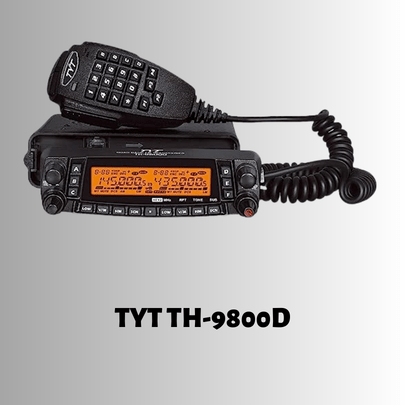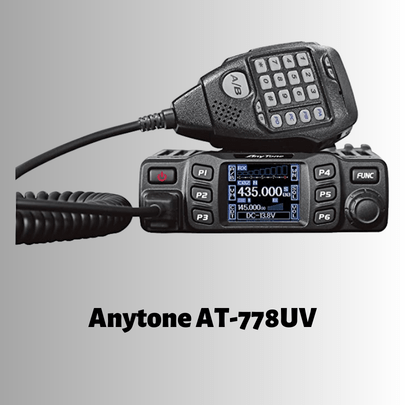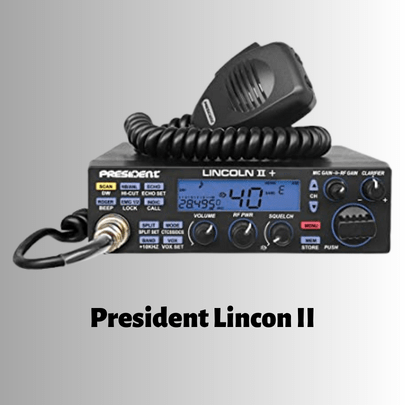

Having a beautiful Ham radio base station is like a dream for every amateur radio enthusiast who steps into this radioing hobby. So for beginners it raises many queries and sometimes it becomes confusing to choose correct equipment to build your first ham radio base station. In this article we have tried to simplify things for you if you’re looking to have one.
Table of Contents hideSo you’ve heard about ham radios, but what exactly is a ham radio base station?
Well, a ham radio base station is a radio setup used by ham radio operators that is more stationary rather than being a pocket friendly model like a walkie talkie. Unlike handheld ham radios, which have limited range and power, a ham radio base station is a more powerful and fixed setup that allows for long-distance communication.
When it comes to possess a radio, the very first decision that you have to make is whether to go for a handheld ham radio (like a mobile phone) or a ham radio base station (like we see often with vehicles)? And why shall you choose Ham radio base station?
Handheld ham radios are small and portable, which makes them convenient for on-the-go communication. Especially when if you’re travelling or on a Emergency service, A handheld radio is easy to carry. However, they do have some limitations. Here are a few:
Handheld ham radios typically have a limited range, especially when compared to base stations. This can restrict your ability to communication up to a certain geographical area only.
Handheld ham radios usually have lower power output, which can result in weaker signals and reduced communication range. Also battery tends to run out quickly which can prove troublesome during emergency (distress) communication.
Handheld ham radios often have fewer features and options compared to base stations. This can limit your ability to customize and optimize your communication setup. Also your scope of experiment in different ways gets limited.
On the other hand, a base stations offer several benefits over handheld ham radios. Here are a few advantages of using a ham radio base station:
Base stations have higher power output, allowing for greater communication range. This means you can reach other amateur radio operators who may be far away. Typical Ham radio base stations are able to communicate from few hundreds to several thousand miles with correct setup.
Base stations typically have better receivers and transceivers, resulting in clearer and more reliable communication. It has always a better sound quality compared to handheld radios.
With a base station, you have more control over the setup and the ability to add accessories such as high-gain antennas, amplifiers, and external speakers.
Base stations are stationary setups, which means they are less susceptible to interference from movement or obstacles. This results in more stable and consistent communication. A stable setup is the key to having perfect experiments.
Before proceeding further; here is a quick reference table of some recommended ham stations which will be discussed in later section of this article.







Before taking a final call on Ham radio base station model, you should be brainstorming with several key factors that are discussed below:
The power output of a ham radio base station determines its reach and signal strength. Higher the power output greater the range of communication achieved. Take into account your specific needs on distance coverage required and choose the power output accordingly.
“Sensitivity” of a Radio receiver is the measure of how effectively it receives weaker signals and produces desired output. Sensitivity is an important factor in reception quality. Look for a base station with good sensitivity ratings for optimal performance.
Different antennas have different capabilities. So having a Ham radio base station which has compatibility with different type of antenna setups will provide you with greater flexibility. It includes different frequency bands, different types of directional outputs and different coverages. so choose a base station that is compatible with a wide range of antennas.
Choose a base station which covers most of the Frequency bands that are privileged to you as per your license class. Depending on your specific communication needs, you may require a base station that supports HF, VHF, UHF, or even CB bands. Choose a base station that covers the all frequency bands you plan to operate on.
Sound quality is another important factor to consider. Look for base stations that has crisp audio output, along with the ability to connect external speakers or headphones for improved listening experience. Also, consider the availability of accessories such as microphones, amplifiers, and filters.
Lastly, consider your budget when choosing a ham radio base station. Base stations vary in price depending on their features and capabilities. On one hand where a handheld ham radio will cost around $50-100 range, ham radio base station may cost from more than $100 that extends up to thousands of dollars as you opt for higher models.

The Xiegu G90 is a portable HF amateur radio transceiver with a built-in antenna tuner.
It supports multiple frequency bands and has a power output of 20W. The G90 offers excellent sensitivity and sound quality, making it a popular choice among amateur radio operators.